Nestled on Liangzi Lake near Wuhan, Liangzi Island exudes a sense of tranquility and mystique. For architects at UAO Design, capturing the essence of “going home” became the driving force behind the design of the Liangzi Island Off-island Pier, serving as both a cultural center and a symbolic gateway.
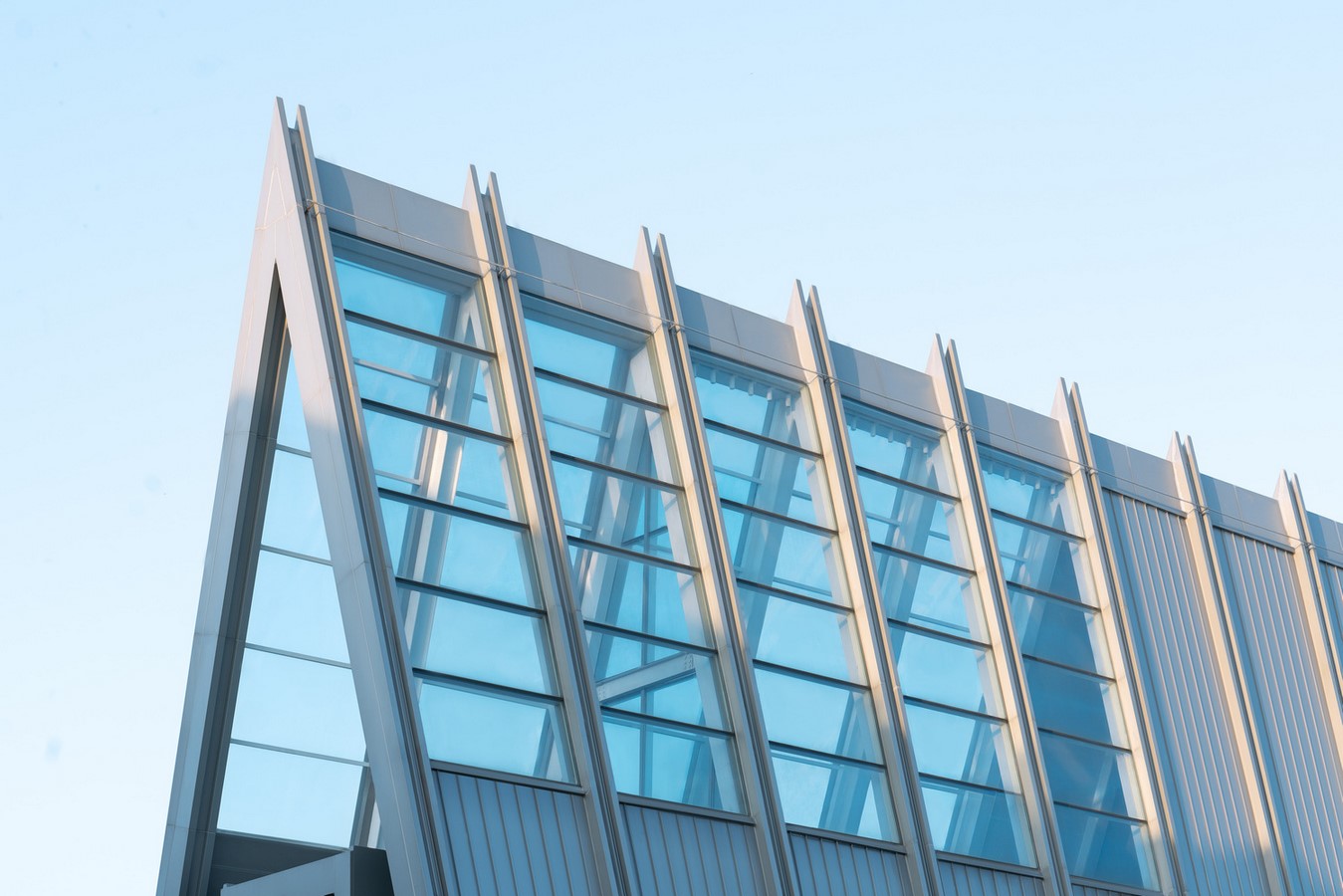
Conceptualization and Simplification
Inspired by the ritualistic act of traveling to and from the island, the design initially explored various symbolic elements like “fisherman’s lights” and “watching the sunset.” However, functionality prevailed, leading to a simplified yet elegant visitor center flanked by waiting greenhouses. The centerpiece, a tent-like structure, emerged as the focal point, inviting visitors with its welcoming design.
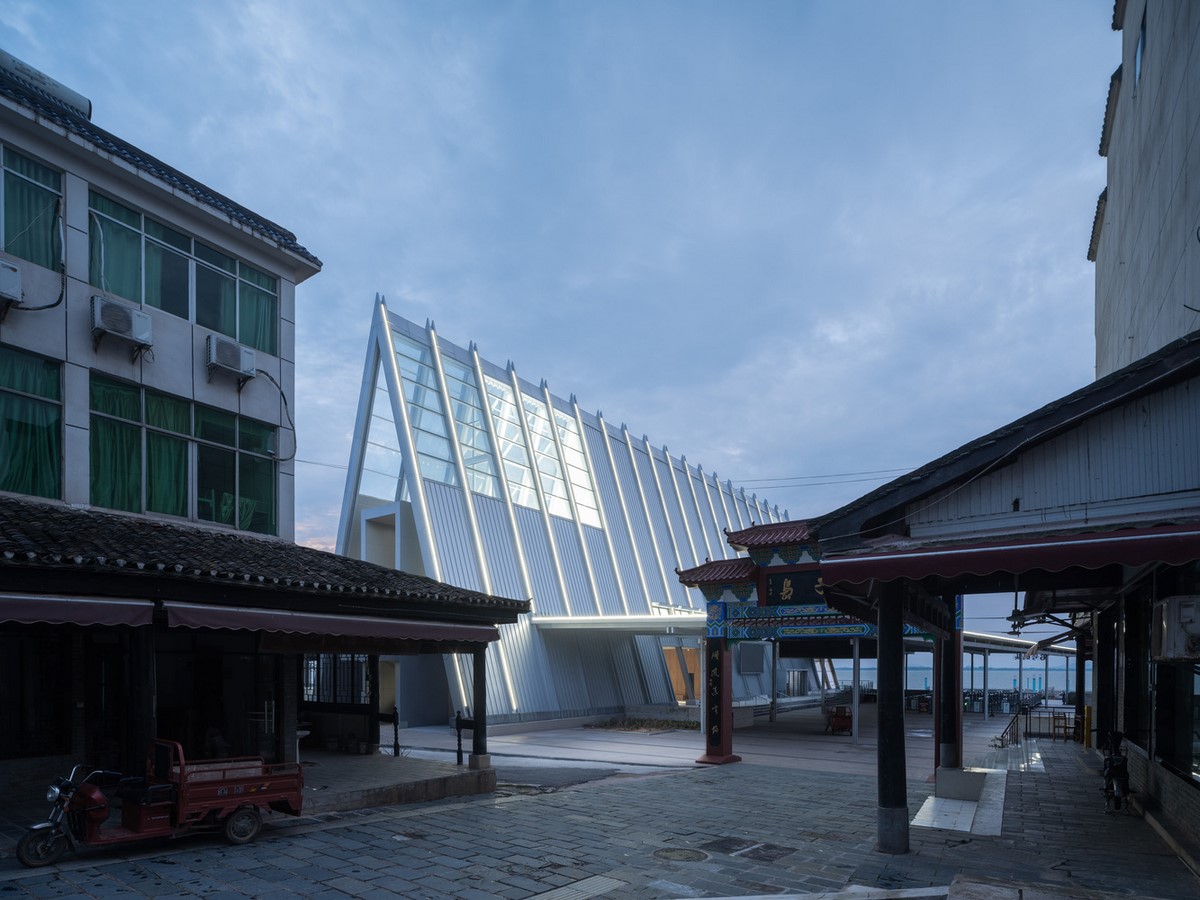
Architectural Harmony and Precision
The architectural layout, governed by 3-meter oblique columns, instills a sense of order and rhythm. Silver-gray aluminum-magnesium-manganese plates clad the roof, meticulously tailored to a custom size of 300mm to align with the modular design. The interplay of lines, from the double-row textures on the columns to the beams under the canopy, creates a visually stunning aesthetic.
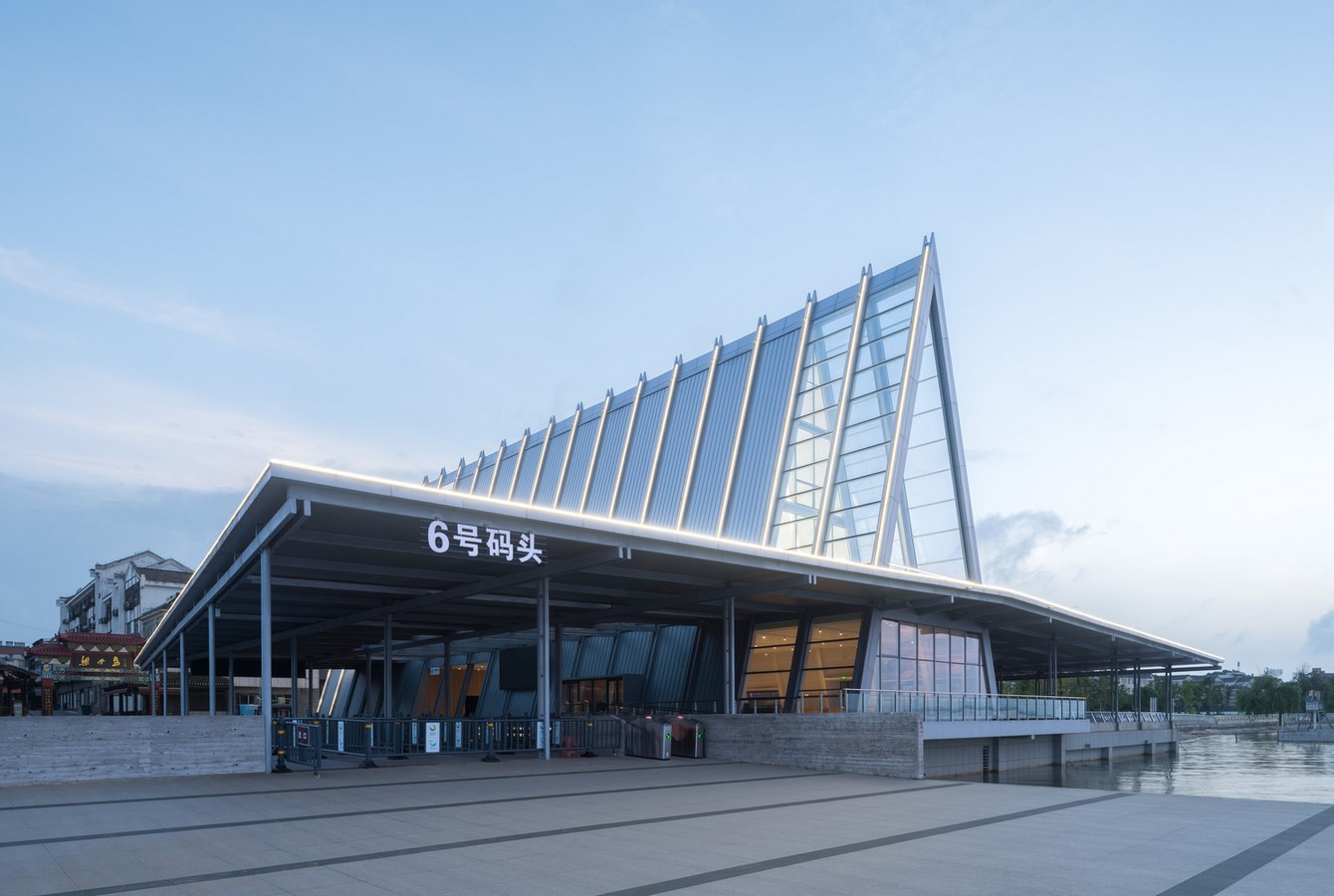
Symbolism and Spatial Experience
The visitor center’s design encompasses both practical and symbolic elements. The first floor caters to waiting and consumption needs, while the towering second floor embodies the symbolic significance of a “lighthouse” on the water. Horizontal ribbon windows frame picturesque views of the lake and sky, guiding visitors’ gazes outward while fostering a sense of serenity within.
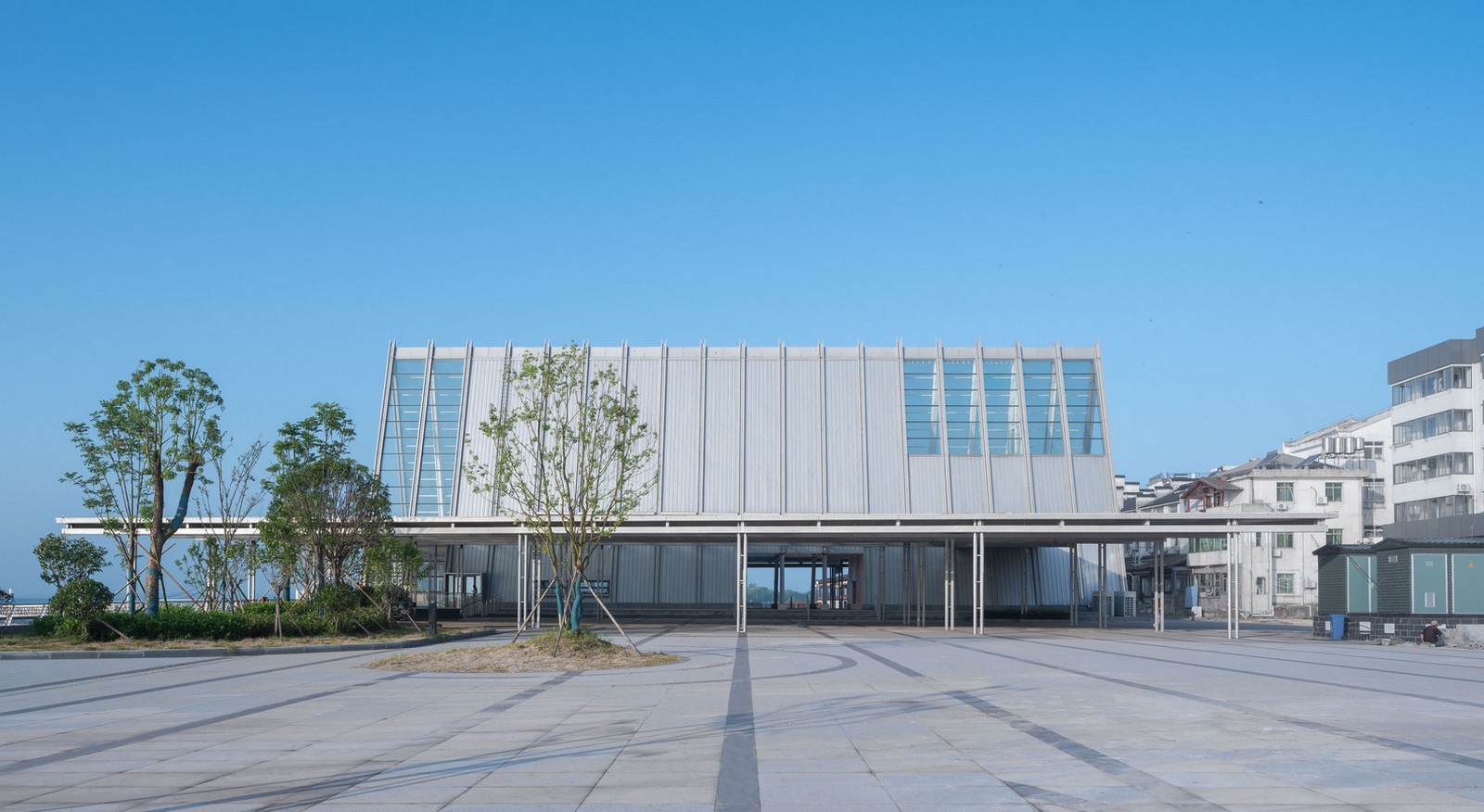
Integration with Nature
The design seamlessly integrates with its natural surroundings, offering panoramic views of the lake and sky. Diagonal columns on both sides of the triangular space draw the eye towards the horizon, while skylights illuminate the interior with ever-changing natural light. The result is an immersive experience where visitors can reconnect with nature and embrace the island’s allure.
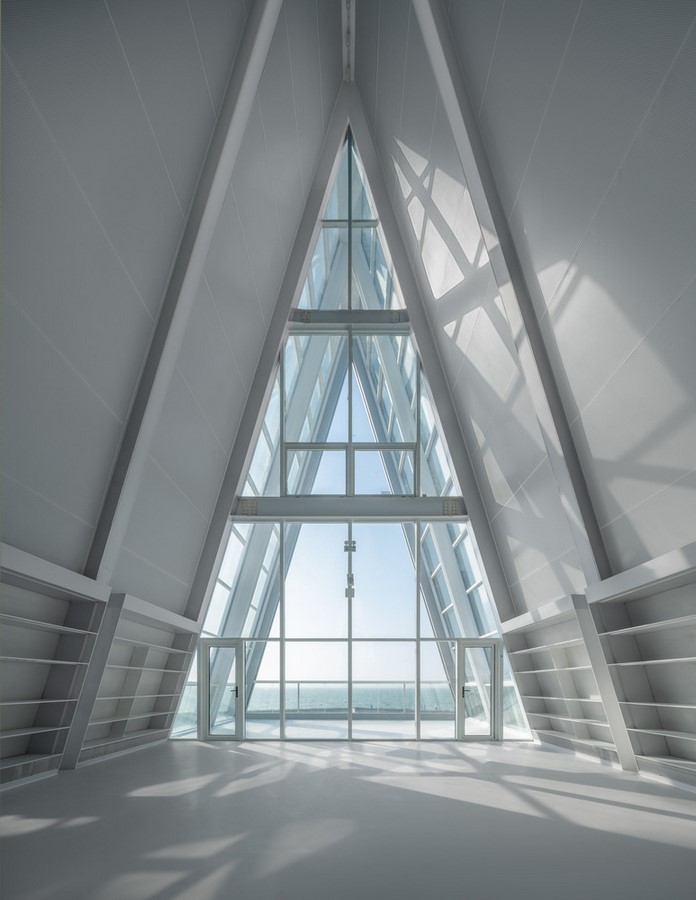
In essence, the Liangzi Island Off-island Pier transcends its role as a mere cultural center, becoming a symbolic beacon of homecoming and a harmonious union of architecture and nature.


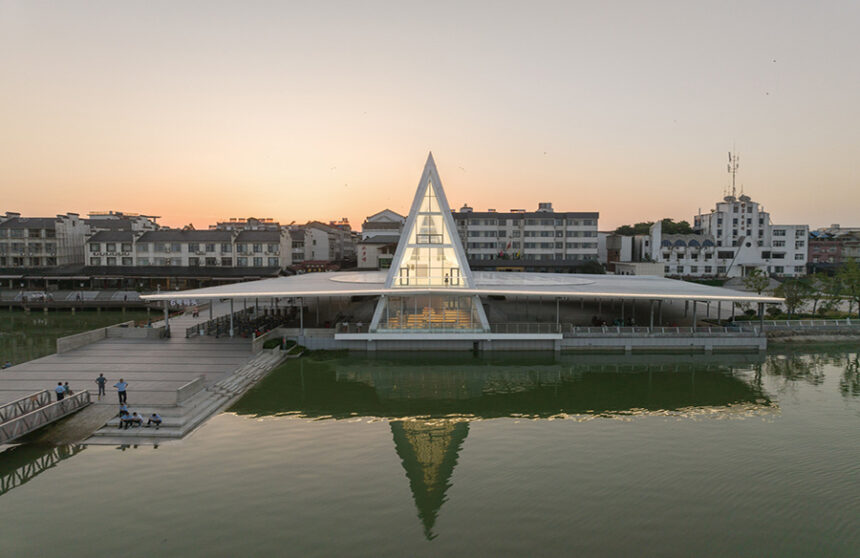

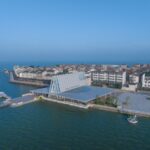
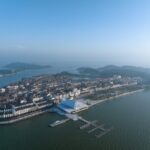
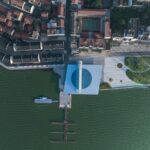
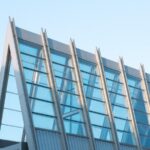
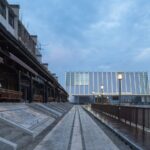
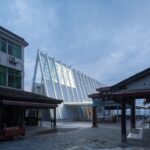
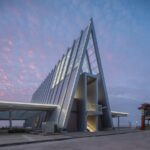
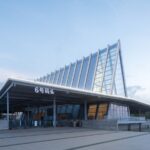

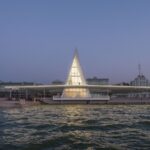
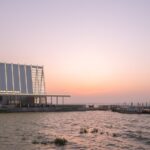
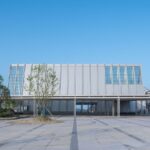
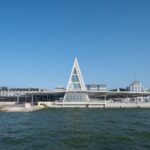

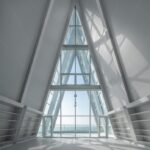
Leave a Reply